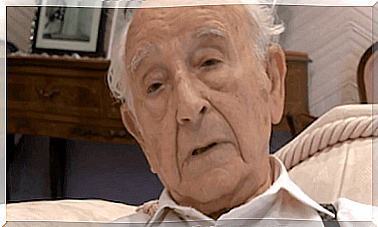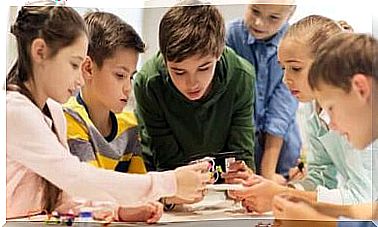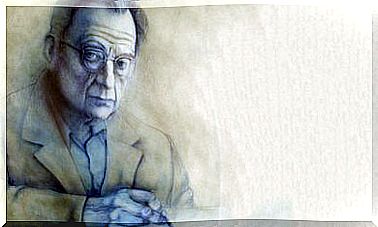Piaget And The Concrete-operational Stage
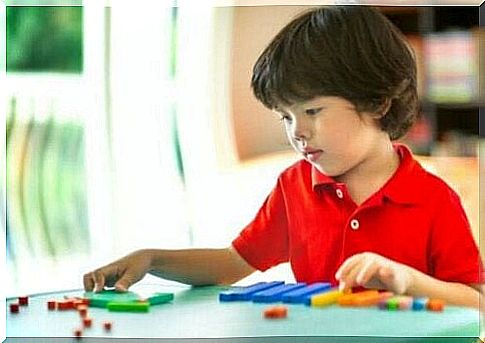
The concrete-operational stage is part of the theory of cognitive development proposed by Jean Piaget, whose findings are fundamental to positive psychology. According to this theory, the child’s way of thinking has unique characteristics, and these vary according to the maturity phase and the interaction with the environment.
Today’s article will discuss how the logic of a child starting at the concrete-operational stage works. What is their perspective on the world? How is it? What problems can they solve?
Piaget’s theory of cognitive development
The Swiss psychologist Jean Piaget completely revolutionized the theories of child development and the concept of intelligence that had existed until then. His developmental theory questioned whether children were less competent thinkers than adults, and whether they were at the mercy of the environment as people believed until the 1940s.
Thus, Piaget demonstrated through ingenious experiments that children’s ways of thinking are not inferior to those of adults, only different. In his theory of cognitive development, he described young children as “little researchers”. He observed that they actively operate with the environment, experimenting and changing their way of thinking according to what they discovered.
According to Piaget, children construct a series of mental representations of the world in accordance with the maturity phase. This is because they observe the discrepancies between their mental map and the reality they perceive when interacting with the environment. Thus, it allows them to gradually change this perception.
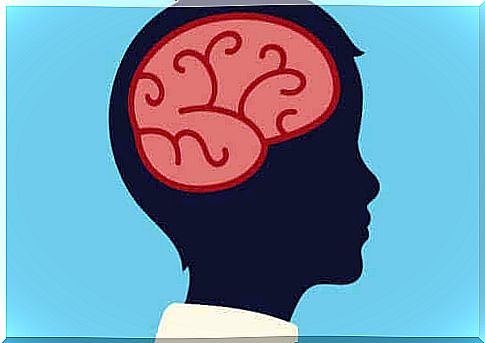
The concrete-operational stage
Piaget divided the theory of cognitive development into four main phases:
- Sensorimotor phase
- The preoperative stage
- The concrete-operational stage
- Formal operational phase
All children go through these steps in the same order towards a way of thinking that develops in complexity and abstraction.
According to Piaget’s theory, the concrete-operational stage begins between seven and eleven years. However, the author acknowledges the existence of individual and cultural variation. This third phase of developmental theory is fundamental because it is the beginning of logical or operational thinking in the child.
In the concrete-operational stage, a child has acquired sufficient biological maturity to begin to operate through rules. In other words, the main step at this stage is the development of logical thinking. One that no longer requires so much physical manipulation. Furthermore, it allows them flexible reflection, the type that is not only based on the appearance of objects.
According to Piaget’s experiments, a child who is at the concrete-operational stage would mentally be able to sort a series of sticks by size. In fact, they do not have to manipulate them at all.
The concrete-operational stage: Series, classification and preservation
According to Piaget’s theory of cognitive development, a child in the concrete-operational stage will acquire three basic operations described below:
- Series is the ability to compare and arrange elements based on their differences. This operation is necessary for handling concepts such as numbers, time, measurements and orientation. In a practical example, a child who has not yet reached the concrete-operational stage has a concept of time where they do not distinguish between a minute and an hour.
- Classification is the ability to classify objects according to their properties and determine if they belong to a particular set or hierarchy. Thus, a child who has not acquired the skills for the concrete-operational stage would not understand the relationship between humans and mammals. That is, they would not be able to understand that all humans are mammals, but are not the only mammals among living beings.
- The operation that refers to conservation is the fact that an object can be the same despite changes in appearance. In other words, the redistribution of an element will not affect properties such as mass, volume or length. One possible experiment would be to show a glass of water and pour it into another smaller glass. Do it without varying the amount. A child who has not yet started the phase of concrete operations thinks there is more fluid in it.

The concrete-operational stage and the practical child
Piaget’s theory of cognitive development laid the foundation for today’s evolutionary psychology. For the first time, it suggested a perspective on children’s unique thinking. In addition, it described the processes of biological maturation. It described the relationship to the environment that also underlies the development of mental processes.
The concrete-operational stage is the third phase of the phases described by Piaget’s theories. At this basic stage, children acquire logical ideas and enjoy more flexible thinking. The most important operations acquired at this stage are serialization, conservation and classification. These three skills allow them to solve problems in a more systematic way.
Finally, people usually describe this stage as the birth of the “practical child”. Mainly because it surpasses previous steps related to learning. It does so through activity and intuition. A practical child no longer learns by trial and error, but acquires scientific logic.
